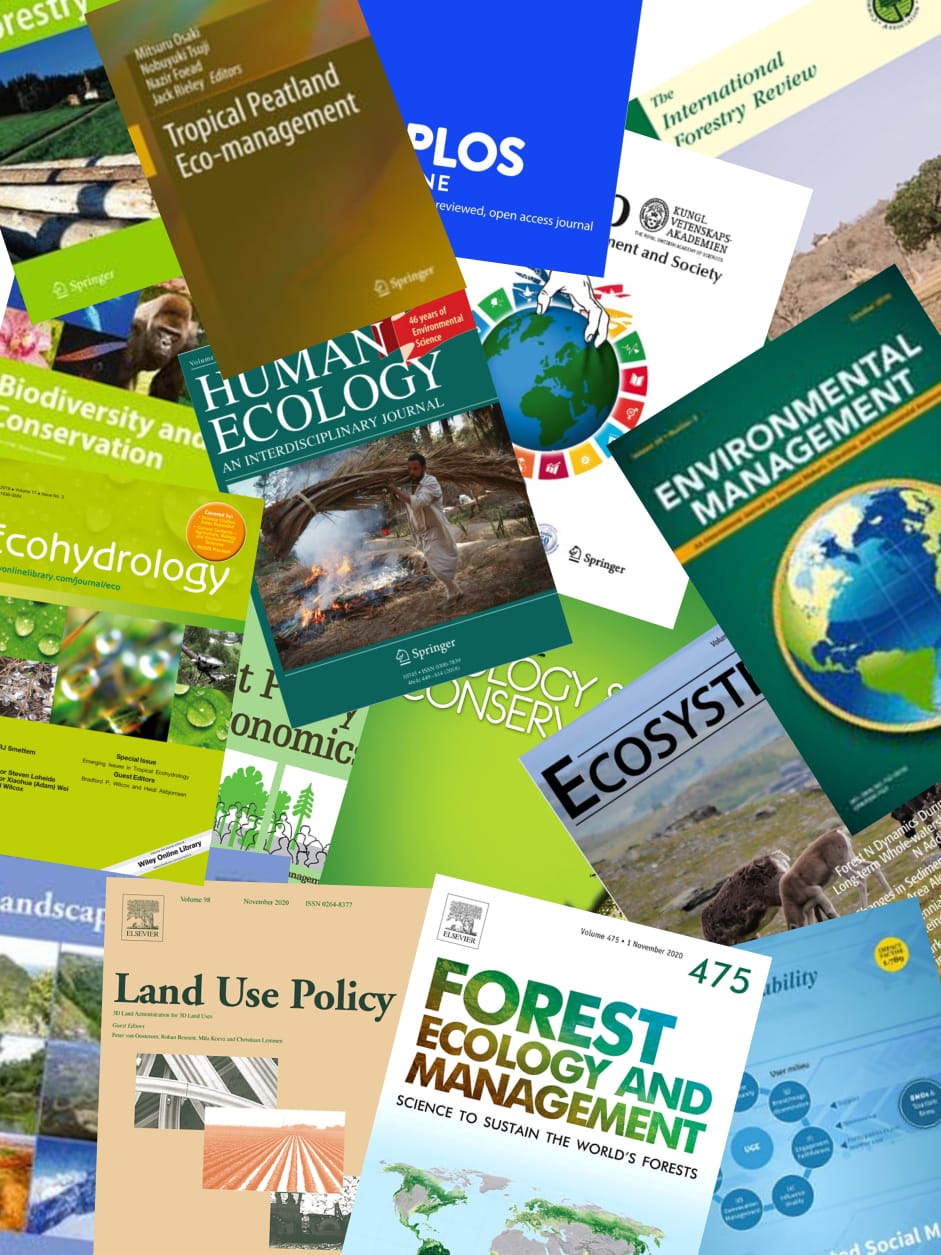Keyword(s)
community involvement, concessions, economic crises, farmers' income, fire control, forest fires, forest management, forest plantations, forest policy, forestry law, forests, logging, roundwood, social participation, stakeholders, Indonesia, Sumatra, Alstonia, Hevea brasiliensis, Hopea, Intsia, Apocynaceae, Gentianales, dicotyledons, angiosperms, Spermatophyta, plants, eukaryotes, Hevea, Euphorbiaceae, Euphorbiales, Dipterocarpaceae, Theales, Malvales, Caesalpinioideae, Fabaceae, Fabales, APEC countries, ASEAN Countries, Developing Countries, South East Asia, Asia, citizen participation, Hopea merawan, timber extraction, timber harvesting, Laws and Regulations (DD500), Forestry Economics (EE112) (New March 2000), Natural Resource Economics (EE115) (New March 2000), Policy and Planning (EE120), Silviculture and Forest Management (KK110), Forest Fires (KK130), Logging and Wood Processing (KK515), Community Participation and Development (UU450) (New March 2000), Social Psychology and Social Anthropology (UU485) (New March 2000)

